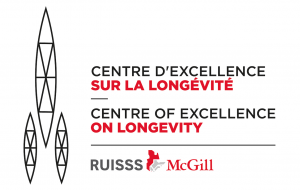Associating of hippocampal volume with gait variability in pre-dementia and dementia phases of Alzheimer’s disease: Results of a cross-sectional study
Background
Decreased hippocampal volume is a biomarker of Alzheimer’s disease (AD). The association of hippocampal volume with gait variability across the spectrum of AD, especially in early phases, has been little studied.
Objective
- To examine the association of hippocampal volume with the Coefficient of Variation (CoV) of stride time in individuals with mild and moderate to severe subjective cognitive impairment (SCI), non-amnestic mild cognitive impairment (na-MCI), amnestic mild cognitive impairment (a-MCI), and mild to moderate AD dementia
Methods
The design is a cross-sectional study.
featuring 271 individuals (79 mild SCI, 68 moderate to severe SCI, 47 na-MCI, 42 a-MCI and 35 mild to moderate AD dementia). Hippocampal volume was quantified from a three-dimensional T1-weighted MRI CoV of stride time was recorded at self-selected pace on an electronic walkway. Age, sex, body mass index, number of drugs daily taken, history of falls, walking speed, type of MRI scanner, total intracranial volume and white matter volume abnormality were used as covariates.
Results
Participants with moderate to severe SCI had a higher CoV of stride time when compared to those with mild SCI and na-MCI (P<0.010), and a higher hippocampal volume when compared to other groups (P≤0.001). Participants with moderate to severe SCI had increased hippocampal volume associated with increased CoV of stride time (Coefficient of regression ß= 0.750 with P=0.041), while the other groups did not show any significant association.
A positive association between greater hippocampal volume (i.e., better brain morphological structure) and an increased stride time variability (i.e., worse gait performance) in individuals with moderate to severe SCI is reported. This association confirms the key role of the hippocampus in gait control and suggests an inefficient compensatory mechanism in early phases of pathological aging, such as AD.
Partners
Angers University Hospital, France
Department of Neurology, Geneva University Hospital, Switzerland
Institut universitaire de gériatrie de Montréal, University of Montreal



